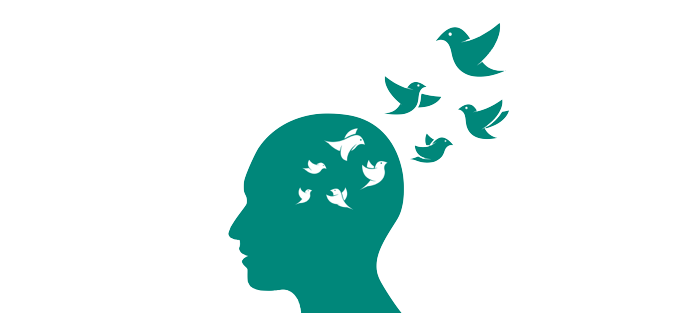Once I was moving house and I bought a stack of cardboard boxes from the moving company to help. They were printed with large bold labels like “Kitchen” “Clothes” “Toys” “Books” etc. Sounds like a helpful idea? Not for me! Of course, some of my belongings fit under these labels, but many did not. I live my own eccentric life (like everyone else, I assume!) and I found myself scribbling over the pre-printed labels with a large marker pen.
Imagine you bought a computer and the manufacturer decided to guess the folder names you’d need (no doubt using some fancy AI software). Not good. You want to name your own folders, depending on your own unique collection of files.
Notice in both these cases, the contents come first. The labels come second. These are examples of what I call “emergent categories” because the categories — the big headings — emerge from the details. This process of emergence is the secret juice of the thinking process. As you ask yourself, “What kind of thing is this?” or “What bucket should I put this in?” you are becoming intimately acquainted with your material. This is the essence Braincat, the software tool I developed, and the thinking process it facilitates.
Our Pattern-Seeking Brains
Pattern-seeking may be the most fundamental ability of the human brain. This is the function that groups objects — or ideas, memories, feelings, names, whatever — by noticing some affinity between them. You watch the passing traffic and realize that a percentage of the cars are electric vehicles. You walk into a conference and notice there’s a certain number of older folks, or men, or people of color. You remember the kids at your high school and recall that some of them were natural pranksters.
This grouping process is so natural to us, we miss what a miracle it is. Without it, language would be impossible. We can mention “transport” without listing off ships, planes, cars, trucks, and trains. We can say “ships” without naming every floating vessel on the planet. Categories gather masses of similar details into single containers. Those containers make ideas portable—we can move them around in our minds quickly and easily.
Think about moving house again. Imagine you take all your possessions from your old house, one by one, and dump them higgledy-piggledy into a truck. Then at the other end you empty them all out and throw them into the new house. What a nightmare! Of course, in reality you pack similar things into boxes. The boxes make it easy to both carry and organize your possessions. That’s how categories work.
A Rewarding Effort
Deciding what category to place things in is often easy — but not always. Pattern-seeking can make for a bracing uphill climb. While it may be obvious in a room full of people who is young and who is old, it may not be so clear who is rich and who is poor. More importantly, there may be other ways of grouping those faces when you look at each of them carefully: for example, who is relaxed and who is tense. Categorizing is more than mere mental filing. It’s a way of seeing.
Emergent Thinking is Powerful Thinking
Too often, I see people approach a complex situation with a set of ready-made categories that they learned in a seminar or pulled from a book. They call this “having a system” and it can feel quite satisfying dropping everything into those pre-labeled boxes. You feel you’ve tidied up a mess. But—and it’s a big but—your probably haven’t learned anything. By contrast, when you allow the categories to emerge — asking yourself again and again, “What kind of thing is this?” — the learning becomes exponential. Whether you’re facing someone else’s information, or a chaotic jumble of your own ideas, devising your own categories unleashes a mental power that’s effectively limitless.
